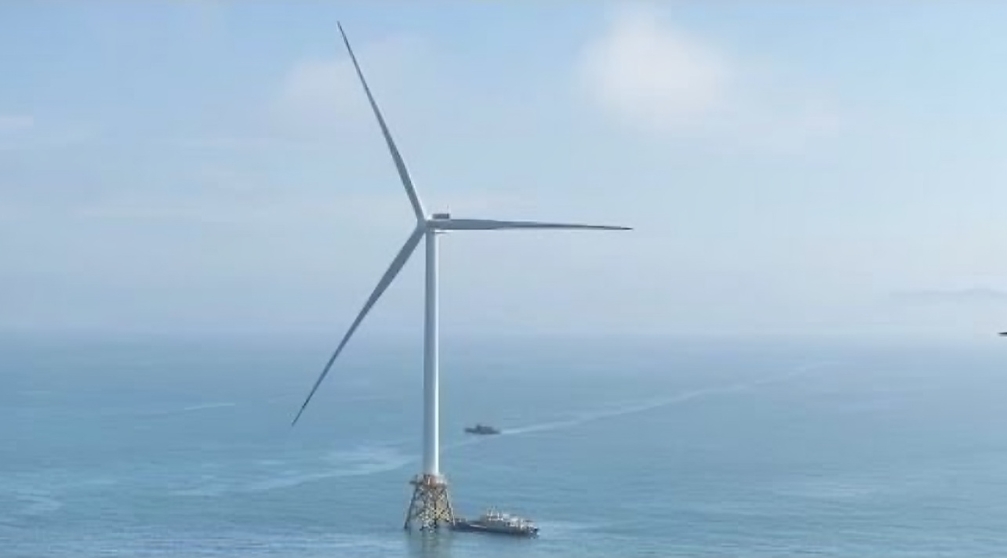KEY POINTS
- South Fork Wind powers 70,000 homes, marking the first U.S. commercial offshore wind project.
- Orsted navigated local opposition and economic challenges to complete the project.
- Offshore wind remains key to U.S. renewable energy goals, with supply chain improvements underway.
An important turning point for the US offshore wind sector is South Fork Wind, which is situated 35 miles off the coast of Montauk, New York.
The wind farm, which was created by the Danish energy company Ørsted, has 12 turbines and can provide enough electricity each year to power 70,000 houses. Being the nation’s first offshore wind project of commercial scale, it provides an example of what can be accomplished in spite of economic challenges.
Offshore wind faces economic and logistical challenges
A number of projects have been impacted by rising borrowing rates, supply chain problems, and excessive inflation, making it difficult for the U.S. offshore wind industry to keep up momentum.
Developers have been forced to either seek out updated prices or put a complete stop to projects. Citing changing economic conditions, Ørsted canceled its Ocean Wind 1 and 2 projects off the coast of New Jersey while still working on South Fork Wind.
The influence of economic considerations was highlighted by David Hardy, CEO of Ørsted for the Americas, who said, “High inflation and increased capital costs have forced us to reassess our long-term investments.”
Notwithstanding these obstacles, the completion of South Fork Wind gives hope for upcoming projects by demonstrating that offshore wind can be successful even in a challenging economic environment.
A long-term investment built on collaboration
The intricacy of offshore wind projects, which need years of planning, obtaining permits, and building, is demonstrated by South Fork Wind. The site’s lease was initially granted by the Bureau of Ocean Energy Management in 2013. In 2018, Ørsted purchased the project and collaborated with Eversource Energy to advance it.
In 2022, onshore construction got underway, and in 2023, offshore work followed. Also, in 2024, Eversource sold its interest in the project to Skyborn Renewables.
Standing 460 feet above sea level, the turbines are linked to East Hampton’s electricity system by a 65-mile undersea and underground cable. The plant is further integrated into New York’s electricity system via South Fork Wind’s offshore substation, which is the first of its kind in the United States.
According to CNBC, local residents and fishing towns opposed the project, but Ørsted allayed their fears by burying the onshore cable beneath roads and beaches and separating turbines farther apart.
Supply chain improvements point to future growth
The U.S. offshore wind business is still in its infancy. There are still major problems with the supply chain, including a lack of specialized vessels and equipment to facilitate installation. Still, things are moving forward. For upcoming projects, such as Coastal Virginia Offshore Wind, Dominion Energy is constructing the first turbine installation vessel that complies with the Jones Act.
Although the future is still unclear, the Biden administration wants to develop 30 gigawatts of offshore wind capacity by 2030. Another significant project off the coast of Massachusetts, Vineyard Wind, experienced delays due to a turbine blade failure.
However, South Fork Wind demonstrates how offshore wind can help with the energy transition in the United States. “There are always cycles,” Wood Mackenzie’s Soren Lassen stated. “Despite current setbacks, the sector is adjusting and poised for a comeback.”



